Best iOS App Growth Framework
Unlock iOS app growth with the Subscription Value Loop & standardized analytics—optimize engagement, retention, and revenue with data-driven decisions. 🚀
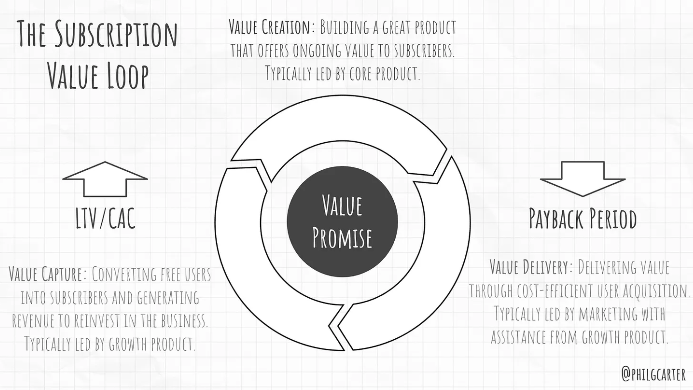
Building a successful iOS app isn’t just about creating something great—it’s about making sure people find it, love it, and keep coming back. That’s easier said than done, right? Growth isn’t just about throwing money at ads or hoping for virality; it’s about having a structured approach that helps you understand what’s working, what’s not, and where to focus your efforts.
That’s where the Subscription Value Loop comes in. It’s a framework that helps subscription-based apps grow by focusing on three key areas: creating value, delivering value, and capturing value (aka turning free users into paying subscribers). But here’s the catch: to really make this loop work, you need solid analytics—otherwise, you’re flying blind.
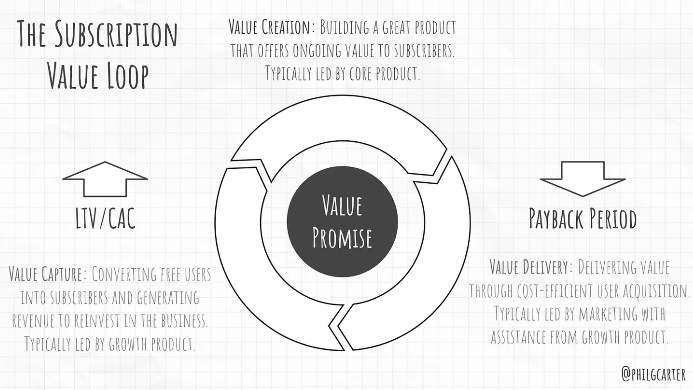
I’ve spent a lot of time refining a standardized analytics framework that makes it easier to track the right metrics, spot patterns, and make data-driven decisions. In this post, I’ll break down how this approach ties into the Subscription Value Loop, helping you optimize every stage of your app’s growth. Plus, I’ll share real-world insights and actionable takeaways so you can start improving your app today. Let’s dive in!
Understanding the Subscription Value Loop Framework
Let’s break down the Subscription Value Loop in a way that’s easy to grasp and directly applicable to your iOS app’s growth strategy. This framework is all about creating a self-sustaining cycle that propels your app forward by focusing on three core areas: Value Creation, Value Delivery, and Value Capture.
1. Value Creation
Think of Value Creation as the heart of your app. It’s about building something that truly resonates with users and keeps them coming back. To achieve this, consider the “4 Rs”:
- Robust: Ensure your app addresses a real need or problem, offering a solution that users find indispensable.
- Rapid: Deliver value quickly. Users should experience the app’s benefits without unnecessary delays or hurdles.
- Repeatable: Create features or experiences that encourage users to return regularly, fostering habitual engagement.
- Remarkable: Design your app in a way that makes users want to talk about it, driving organic word-of-mouth growth.
By focusing on these aspects, you’re setting a solid foundation for your app’s success.
2. Value Delivery
Once you’ve built something valuable, the next step is to get it into the hands of your target audience efficiently. This involves:
- Organic Growth: Leverage strategies like search engine optimization (SEO), content marketing, and referral programs to attract users naturally.
- Efficient Onboarding: Design an intuitive onboarding process that quickly showcases your app’s core value, reducing friction for new users.
- Cost-Effective Acquisition: While organic methods are ideal, supplementing them with targeted paid campaigns can help reach a broader audience without overspending.
The goal here is to connect users with your app’s value proposition in the most seamless and cost-effective manner possible.
3. Value Capture
Finally, Value Capture is about converting the value you’ve delivered into revenue, ensuring your app’s sustainability and growth. Key strategies include:
- Pricing and Packaging: Offer subscription plans that align with what users are willing to pay, possibly including tiered options to cater to different segments.
- Paywall Optimization: Implement paywalls thoughtfully, ensuring they encourage subscriptions without alienating users.
- Payment Processes: Make the payment experience smooth and user-friendly, supporting various payment methods to cater to a diverse user base.
- Promotions: Use targeted promotions or discounts to incentivize users to subscribe, especially those who are on the fence.
By effectively capturing value, you generate the revenue needed to reinvest in your app, fueling further development and marketing efforts.
Incorporating the Subscription Value Loop into your strategy creates a virtuous cycle where each component reinforces the others, leading to sustainable and scalable growth for your iOS app.
Subscription Value Loop with Standardized Analytics
Implementing the Subscription Value Loop framework in your iOS app requires a solid foundation of standardized analytics. By systematically tracking and analyzing user interactions, you can gain insights that inform each stage of the loop: Value Creation, Value Delivery, and Value Capture.
1. Importance of Standardized Analytics
Consistent and clear analytics are crucial for understanding how users engage with your app. Without a standardized approach, data can become fragmented, making it challenging to derive actionable insights. A well-defined naming convention ensures that events are logged uniformly, facilitating easier analysis and decision-making.
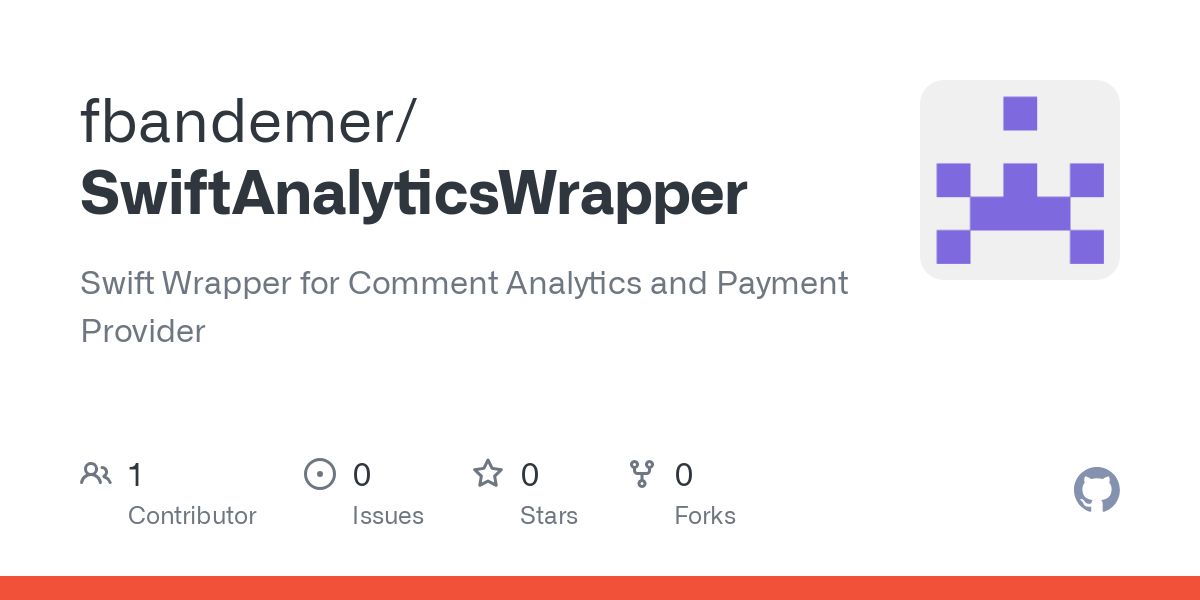
2. The Category: Object_Action Framework
One effective method for standardizing analytics is the Category: Object_Action framework. This structure breaks down event names into three components:
- Category: A broad grouping of related events (e.g., Onboarding, Navigation).
- Object: The specific element being interacted with (e.g., Button, Tab).
- Action: The interaction performed (e.g., Clicked, Viewed).
For example, an event where a user clicks the “Start Trial” button during onboarding could be logged as onboarding:start_trial_button_clicked. This naming convention enhances clarity and ensures consistency across your analytics.
3. Applying Standardized Analytics to the Subscription Value Loop
By implementing standardized analytics, you can effectively monitor and optimize each stage of the Subscription Value Loop:
- Value Creation: Track which features users engage with the most to identify what resonates with them. For instance, if feature_x:usage_count is high, it indicates that Feature X is valuable to users, guiding future development efforts.
- Value Delivery: Analyze how users navigate through your app to ensure they can access the value you’ve created. Events like navigation:home_to_feature_x can reveal if users are finding their way to key features or if there are barriers hindering their journey.
- Value Capture: Monitor conversion-related events to understand what drives subscriptions. Events such as subscription:trial_started or subscription:purchase_completed help you assess the effectiveness of your monetization strategies and identify areas for improvement.
By aligning your analytics with the Subscription Value Loop framework, you create a feedback system that informs product development, enhances user experience, and drives revenue growth.
Conclusion
Growing an iOS app—especially a subscription-based one—is no easy feat. It’s not just about building a great product; it’s about making sure users find it, experience its value quickly, and ultimately see it as something worth paying for. That’s where the Subscription Value Loop comes in, helping you create a self-sustaining cycle of Value Creation, Value Delivery, and Value Capture.
But as we’ve seen, none of this works without solid analytics. Without the right data, you’re guessing rather than making informed decisions. That’s why a standardized analytics framework—like the Category: Object_Action model—is so powerful. It ensures clarity, consistency, and actionable insights at every stage of your app’s growth.
By implementing structured analytics:
- You identify what users love and double down on Value Creation.
- You optimize onboarding and engagement to improve Value Delivery.
- You refine pricing and conversions to maximize Value Capture.
Now, it’s your turn. Start by auditing your app’s analytics—are you tracking the right things? Is your event naming consistent? Are you collecting data that directly informs growth decisions? If not, implementing a structured approach today can be the turning point for your app’s success.
If you’re looking for a deeper dive, check out these resources:
• iOS Analytics Naming Convention Guide
• The Subscription Value Loop Framework
By combining the right framework with the right analytics, you’re setting up your iOS app for sustainable, data-driven growth. 🚀



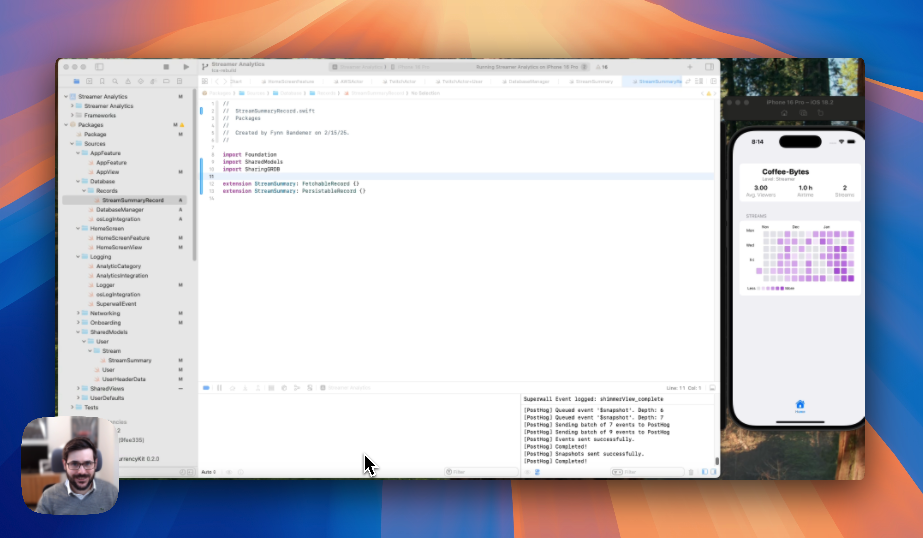
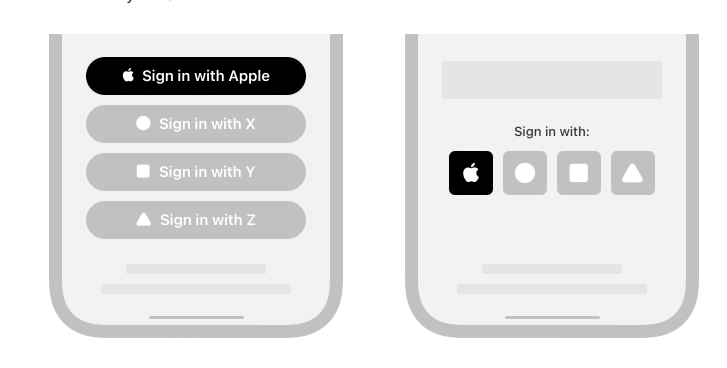

Discussion